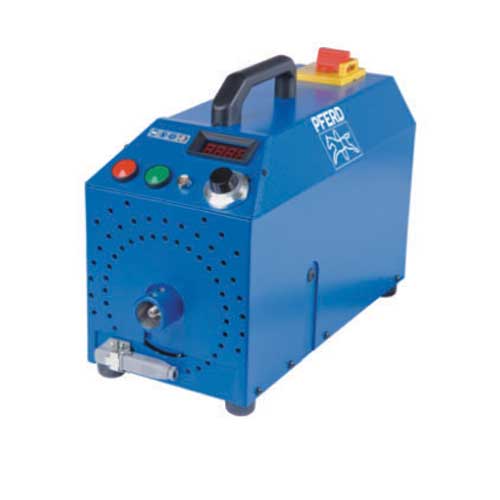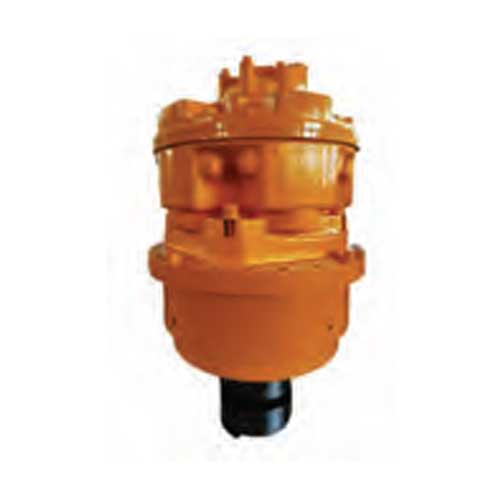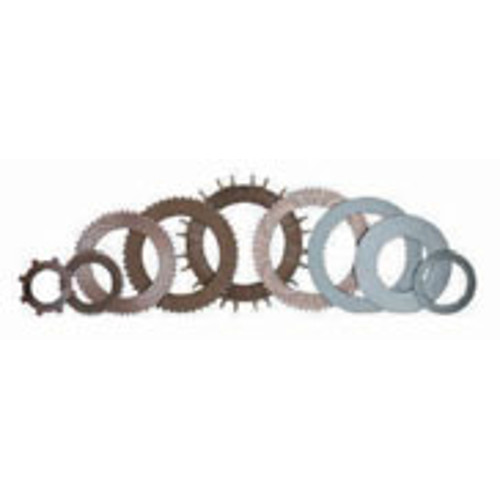Schedule a Call Back
The fourth Industrial Revolution and India
 Articles
Articles- Mar 01,19

Related Stories

India’s stainless steel demand rises 8% in FY25, says ISSDA
India’s installed stainless steel production capacity currently stands at 7.5 million tonnes, with a utilisation rate of around 60%.
Read more
Saatvik Green begins construction for new solar manufacturing plant in Odisha
The facility is being developed on land sub-leased from Tata Steel Special Economic Zone Limited (TSSEZL)
Read more
India set to attract over Rs 80 bn investment in energy sector at IESW 2025
Strengthening the Government of India’s role as a global manufacturing hub, India Energy Storage Week 2025 - hosted by India Energy Storage Alliance (IESA) - will provide a launchpad for multiple ..
Read moreRelated Products

Flexible Shaft Drivesc
PFERD offers a wide range of flexible shaft drives ME22/150.

Hydraulic Transmission Drives
INI Hydraulic Co Ltd offers a wide range of Hydraulic Transmission Drives IY Series.

Transmission Discs And Steel Mating Plates
Friction Elements, an ISO 9001-2015 company, manufactures wide range of transmission discs & steel mating plates. These wet and dry friction materials such as sintered bronze, carbon, ceramic, grap Read more











